Audio Inputs
The entire new MacBook line retains audio input and output with both regular electrical analog and optical digital (S/PDIF) connections. However, the new models also adopt the four conductor headphone jack introduced with the original iPhone, which enables the use of headphones with an integrated mic and remote playback controls.
Last month, the new iPod touch, nano and classic were also updated to support iPhone-style headphones to handle new audio recording features, and potentially VoIP features on the iPod touch. Apple has announced new sets of headphones due out later this month that provide an integrated mic and playback controls.
The MacBooks also have an omnidirectional mic integrated into the left side speaker grill (as earlier models did), but capturing audio conversations for podcasting and VoIP will greatly benefit from the new capacity for using mic-integrated headphones. The new MacBooks also continue to supply 2.1 audio, with two directional speakers for stereo imaging and a subwoofer for better bass response built into the center of the right side of the unit.
When an iPhone-style set of headphones with an integrated mic are plugged in, the Sound panel in System Preferences automatically switches audio input from the internal microphone (below top) to the external mic available in the headphones (below bottom).
PlainTalk to the iPhone mic
Apple hasn't supported a basic microphone input on the Mac since 1991, when it replaced the Mac's unpowered mic input with the PlainTalk line level input. Prior to that, Macs shipped with the "Apple Omni-directional Mic," an unpowered or "mic level," monophonic device.
Throughout the 90s, Apple shipped new Macs with its PlainTalk microphone, which used an extra long jack to supply power to the mic from the computer. By tapping power from the Mac, the PlainTalk mic could boost its output from mic level to "line level." The line level mic inputs that have been on all Macs since (apart from a few models with no mic input at all) have therefore required a line level microphone. Most cheap mics designed for use with generic PCs are unpowered and therefore do not deliver a strong enough signal to be used with the Mac's line level audio input.
In order to use an unpowered mic, Mac users have previously needed to either attach a preamp between the unpowered mic and the line level input to boost the mic's output to line level, or alternatively use a digital USB mic, such as the Snowball from Blue, or some other USB or Firewire driven audio input device such as the Griffin iMic. For a period of time around the delivery of the PowerMac G4 Cube, Mac desktops and notebooks dropped PlainTalk analog mic inputs entirely as Apple expected everyone to use a USB mic.
Line level mic inputs later returned, and since the MacBook arrived in 2006, most Mac models have sported a line level input that can input 24-bit stereo at a 44.1-192kHz sampling rate and also accommodate an optical digital mini-toslink S/PDIF input at the same audio resolution. With the latest MacBooks, the headphone jack can also now support audio input using a fairly standard four conductor jack.
Video and Display
Physically, the glass panel covering the screen on both new MacBook models is listed by Apple as "not a serviceable part," according to sources familiar with its design. The company's policy on servicing a broken glass panel notes that "any attempt to remove the panel can shatter the glass, which could lead to other damaged parts. Broken or scratch glass panels will instead be addressed by replacing the entire display module."
The new Mini DisplayPort contributes toward a much more compact array of expansion ports on the left side of the machine. Looking at the logic board (below), it's obvious why such a difference in physical port size matters. The MacBook's motherboard is only a bit larger than a quarter of the surface area inside the machine, and its left edge offers no vacancies for additional ports or a full sized DVI connector.
Unlike VGA, DVI, and HDMI, DisplayPort is more than just a way to deliver a video signal between devices; it is also designed to replace the LVDS cabling used internally in notebooks and inside displays. The more sophisticated signaling of DisplayPort, and the subsequent need for fewer wires to deliver the signal, will not only allow manufacturers to make slimmer display case designs, but also affords Apple the ability to add support for multiple internal displays on its notebooks in the future, such as an LCD panel built into the trackpad. DisplayPort is also designed with the potential to allow a single cable to drive multiple monitors.
Despite using the new Mini DisplayPort for external video displays, the new MacBooks continue to use LVDS cabling internally to drive the built in display. This results in needing to route a delicate bundle of a large number of wires from the logic board through the hinge and to the display panel. Future models may likely take advantage of the DisplayPort standard internally to replace this thick display cable with a simpler, thinner signal cable once LCD panel makers start adopting DisplayPort themselves.
The mini DisplayPort catch-22
Mini DisplayPort also allows even the entry level MacBook to support the 2560x1600 resolution of Apple's most expensive 30" Cinema Display without needing the large, 24-pin connector demanded by dual-link DVI on the relatively small notebook. The muscle to drive that resolution is provided by NVIDIA's 9400M controller chip; the previous MacBook, using integrated Intel graphics, lacked the capacity to drive a 30" resolution display despite having a DVI connector with the pins available. Resolutions lower than 30" only require single-link DVI, which uses 6 fewer pins on the DVI port, although the connector itself is the same size.
The new MacBooks now have the best of both worlds: a small connector and the capacity to handle very high resolution. Somewhat ironically, the converter for adapting the MacBook's Mini DisplayPort for use with the dual-link DVI signal required by the 30" Cinema Display not only costs $99, but it's not even available for purchase yet.
Dell makes a 30" monitor of its own that uses DisplayPort, although the "Mini DisplayPort" used by Apple isn't common (it appears Apple invented it) and therefore cables aren't yet readily available to connect the new MacBooks to a third party, full size DisplayPort-equipped screen either. Apple's new 24" LED Cinema Display uses Mini DisplayPort exclusively, so it can only be used by the new MacBook and MacBook Pro. There are no converter boxes for turning DVI signals from a Mac mini or Mac Pro into DisplayPort, which uses not just different physical wiring but an entirely different signaling protocol.
In other words, during the transition from DVI-based Macs to DisplayPort, there are a number of things that won't work together. From this point forward, all new Macs will have DisplayPort (likely Apple's Mini variant, as there is no obvious advantage to using the larger version), and new Cinema Displays will also eventually gain the new connector. Existing 30" displays will require a somewhat expensive box (although if you can afford a 30" screen, you're probably not sweating over a $99 converter), but other displays only need the $30 VGA or single-link DVI dongle to work with a new mini DisplayPort Mac.
The Apple TV will likely retain HDMI rather than mini DisplayPort, as it doesn't need to drive display resolutions higher than HDTV's 1920x1080, which HDMI has no problem doing. DisplayPort is only required for driving higher resolution monitors with 30" 2560x1600 resolutions or greater.
Other Segments from our Inside the new MacBooks series
 Prince McLean
Prince McLean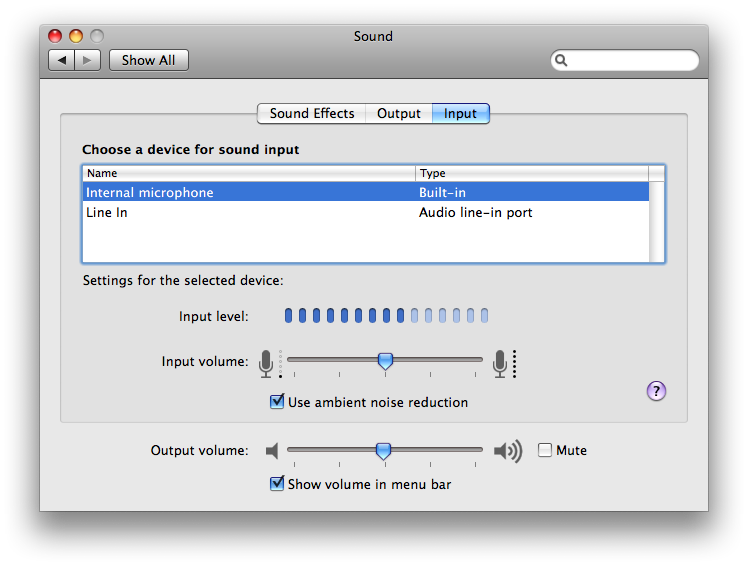
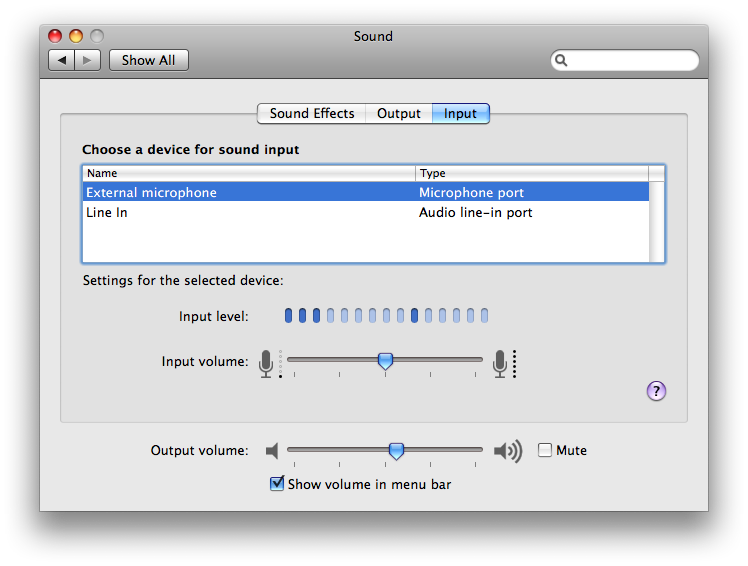
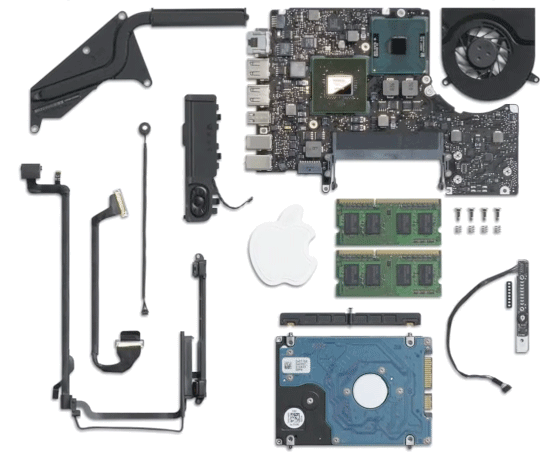













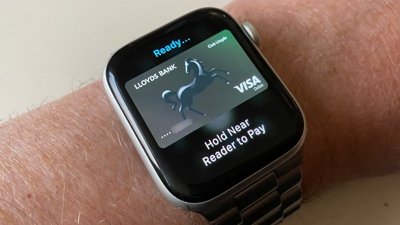
 William Gallagher
William Gallagher

 Christine McKee
Christine McKee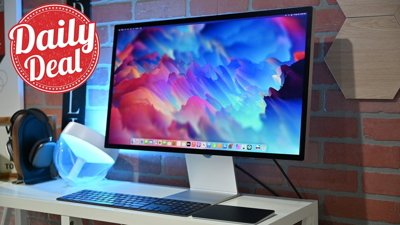
 AppleInsider Staff
AppleInsider Staff
 Chip Loder
Chip Loder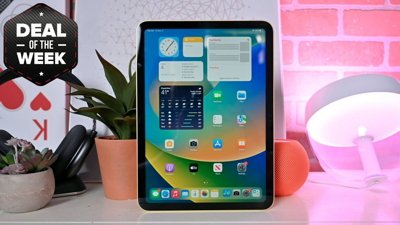

 Malcolm Owen
Malcolm Owen
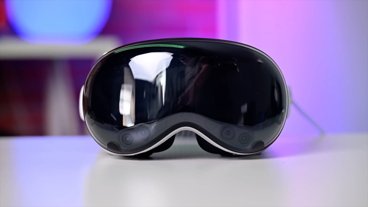






103 Comments
Any word yet on whether the new machines support audio out via mini DisplayPort? I'd love to (eventually) pick up a miniDP->HDMI adapter and use a single cable with my HDTV.
In a possible near future when DisplayPort is the dominant connector, Mac users will still have to carry around adapter cables because Apple have used a non-standard 'mini' DisplayPort connector.
Being in an office, or at someone's house, there always be that moment of "Oh no, I've left the cable in my other bag, so now I can't connect because my Mac is incompatible with the whole world".
DisplayPort, yes, maybe the future.
mini DisplayPort, no, totally isolated.
In a possible near future when DisplayPort is the dominant connector, Mac users will still have to carry around adapter cables because Apple have used a non-standard 'mini' DisplayPort connector.
Being in an office, or at someone's house, there always be that moment of "Oh no, I've left the cable in my other bag, so now I can't connect because my Mac is incompatible with the whole world".
DisplayPort, yes, maybe the future.
mini DisplayPort, no, totally isolated.
mini DisplayPort is just like mini VGA and mini DVI - completely nonstandard, which requires the use of an adapter to connect ANYTHING. Dongles such as these are annoying for the exact reason that you've stated, the "I've left my cable in the other bag" syndrome.
Even my last-gen MacBook Pro with a full-size DVI port needs an adapter because most projectors still use VGA...
(except that DVI-VGA adapters are actually fairly common)
What would have been nice is giving the MacBook Air the four conductor headphone jack - enables the use of headphones with an integrated mic and remote playback controls.
Cheers Daniel
What about audio out from the new mini displayport on the new MBP? I know audio out is part of the DisplayPort specification, but if you parse everything that Apple has said about mini displayport, they suspiciously fail to mention audio every single time. How about a mini to standard displayport - does anyone have an idea if Apple will ever make one? I ordered the new MBP, but this new connector has me wondering if I made a mistake. I can't imagine needing anything higher res than HDTV in the next three years. Most of the time, I can't even get a projector that handles more than VGA so I'm worried that DisplayPort is not only future-proof but also present-proof if I can't connect it to anything in the near future without a bag of adapters.